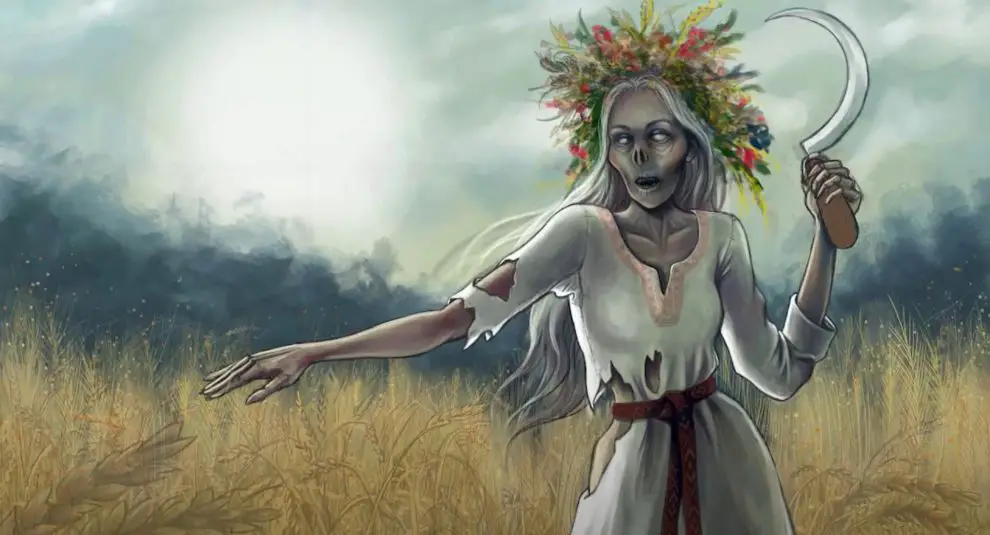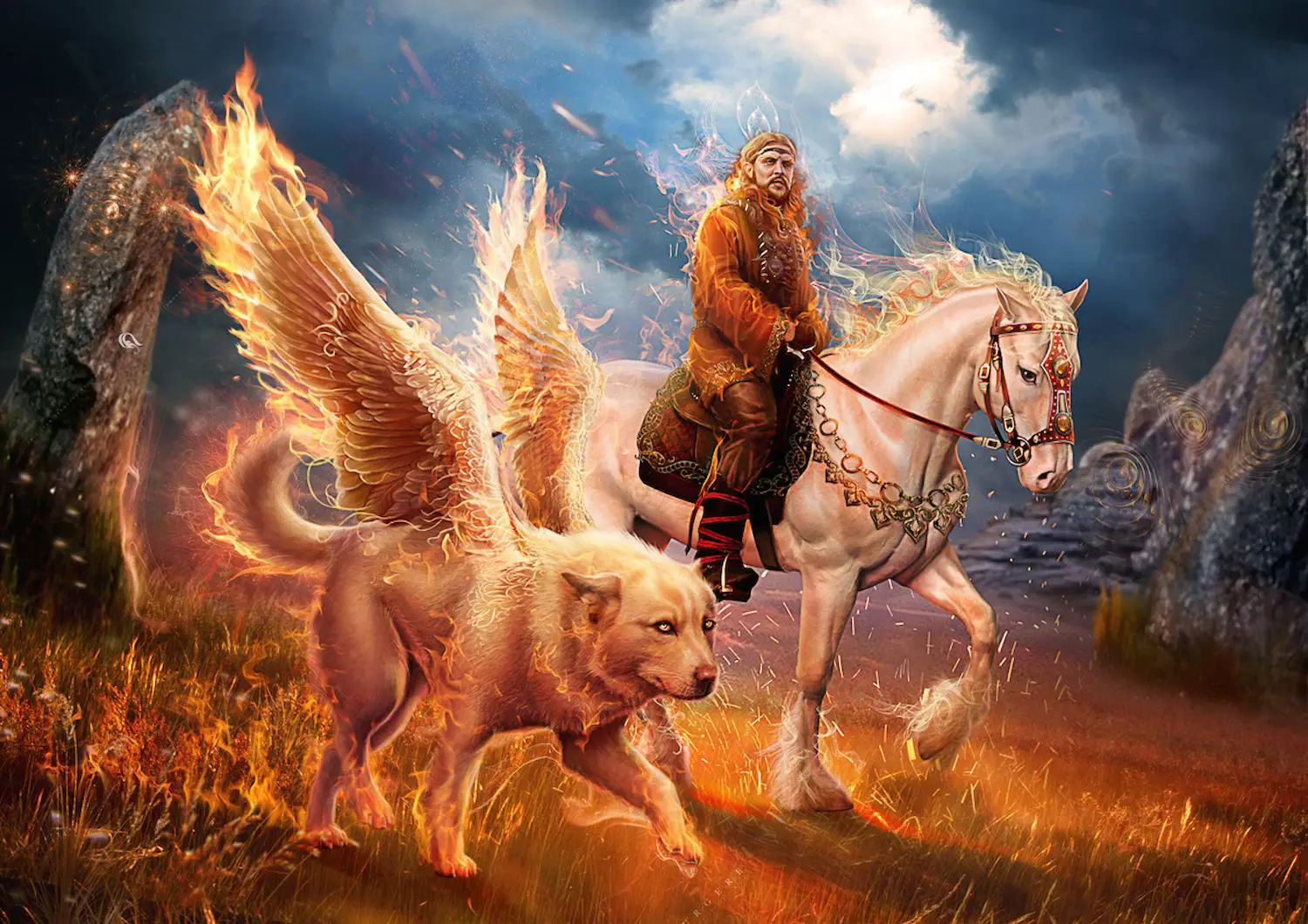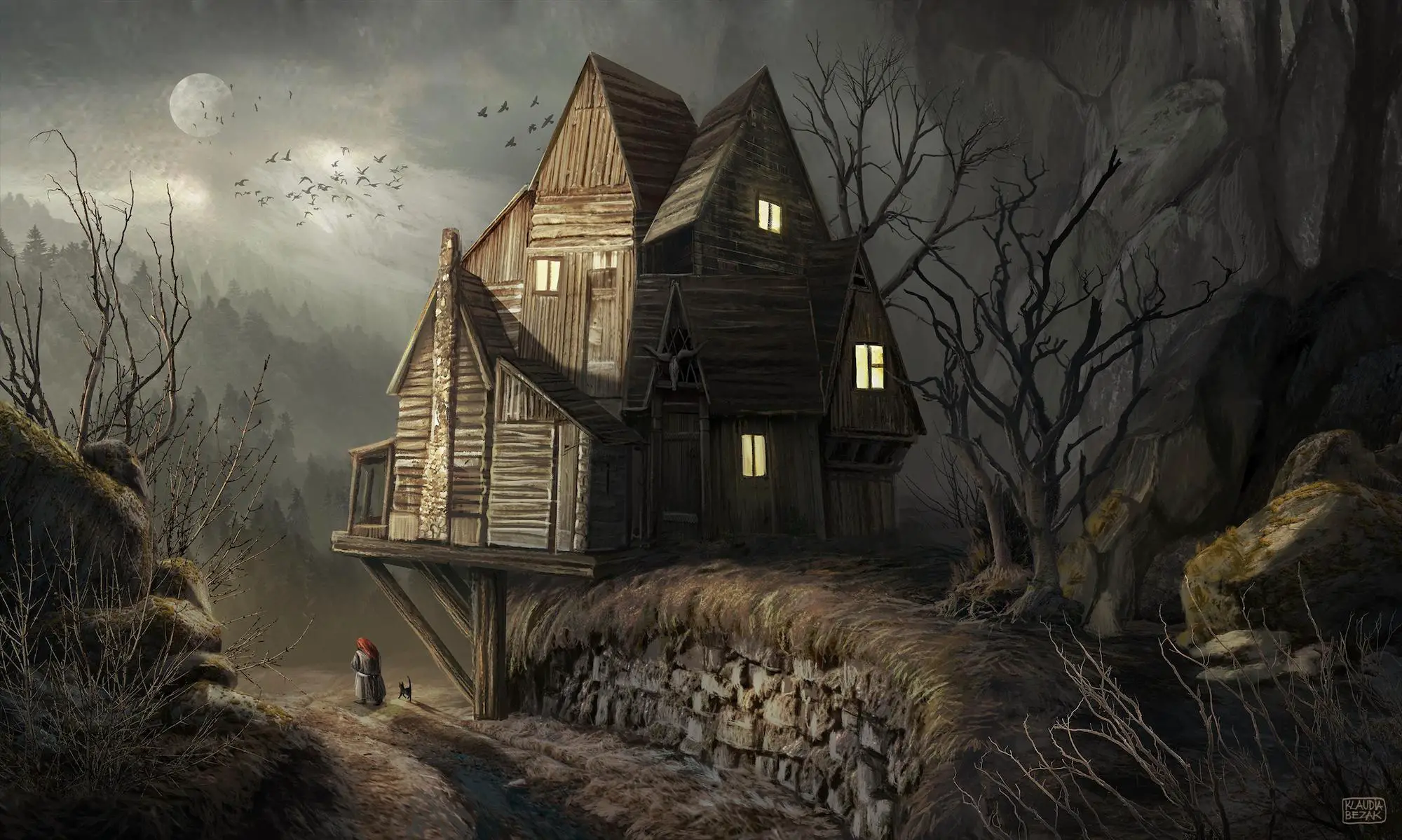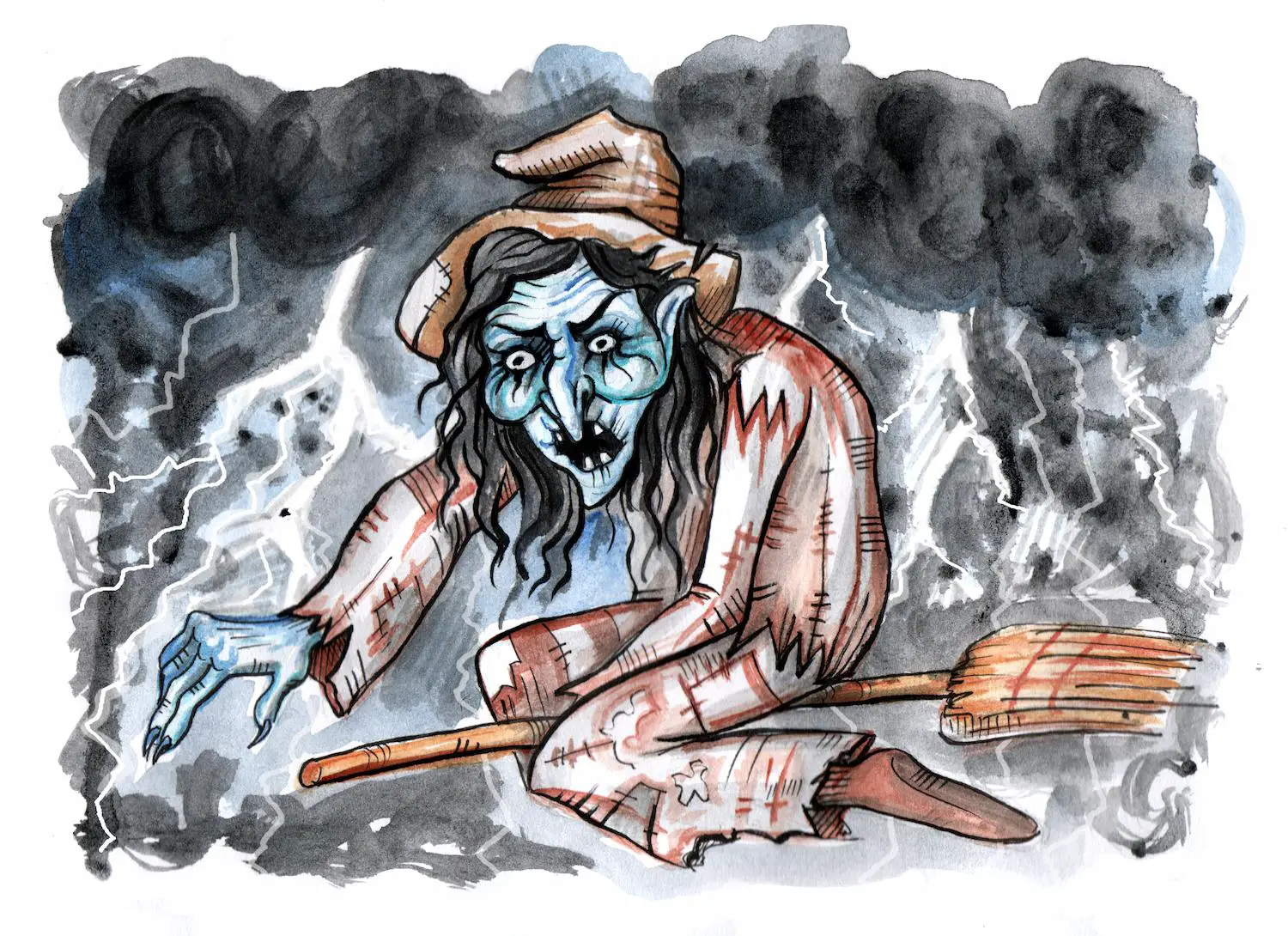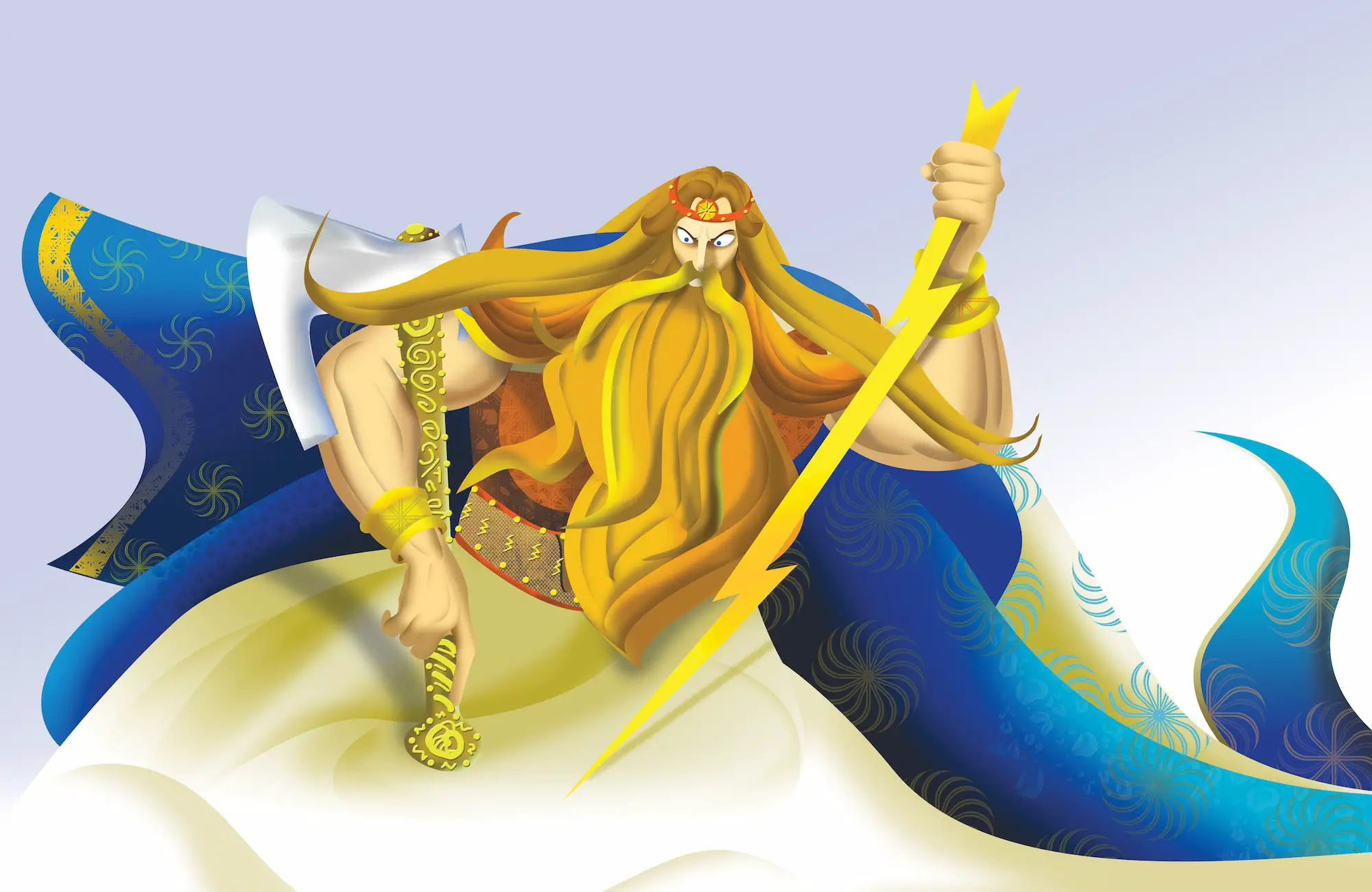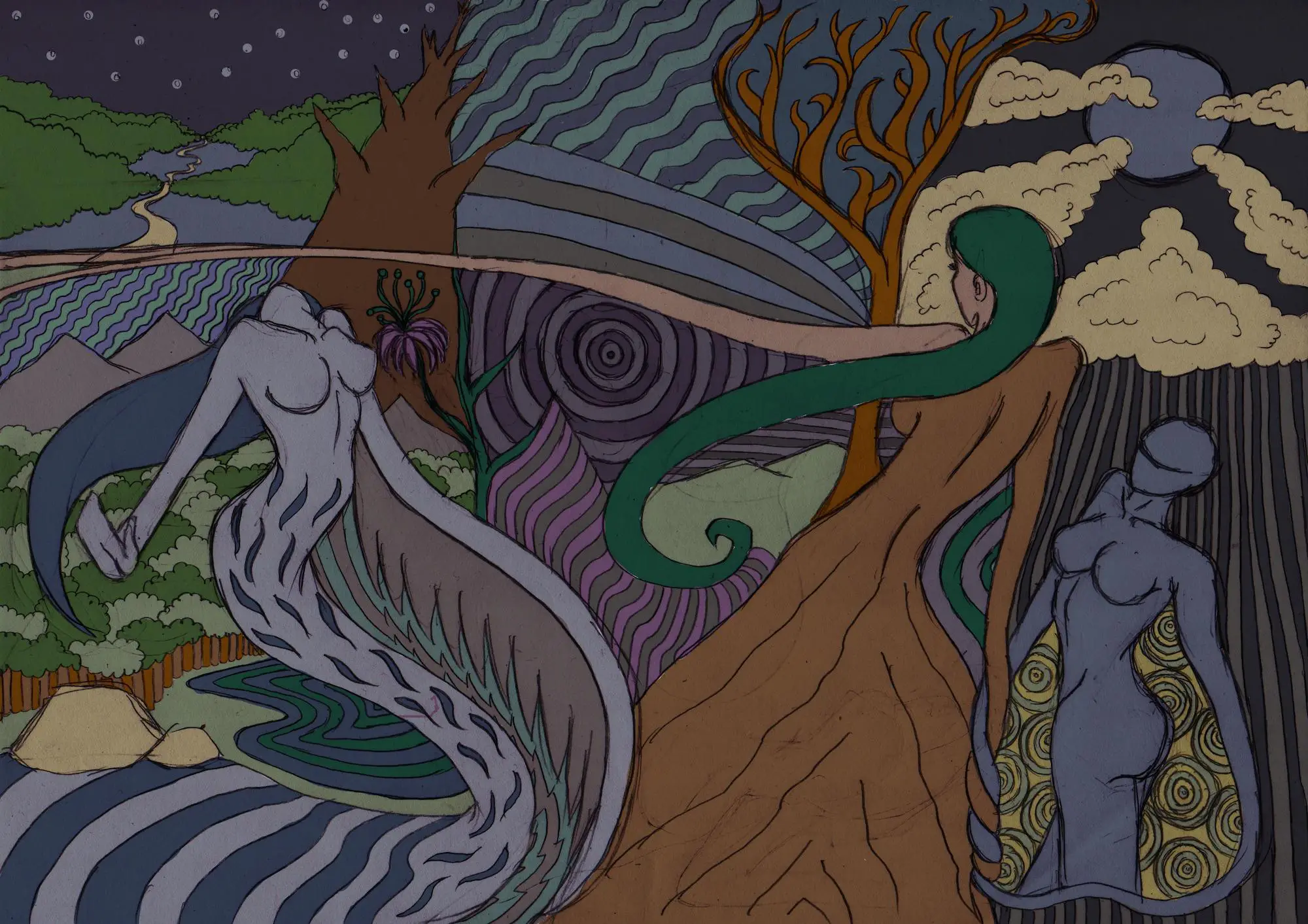Mythologies have fascinated humanity and civilizations for centuries. These unique representations of our world and humanity offer a multilayered world of imagination that opens up a whole new universe of perception and understanding of history, nature, culture, anthropology, etc.
All myths and mythical creatures primarily come from the need to explain reality. Going back to the earliest, notable stages of history, we may conclude that many phenomena were hard to be comprehended and one of the ways to tackle this was to create a belief system that will put the existence of supernatural powers and creatures forward.
So was the case with Polish mythology and folklore which stems from the folklore and beliefs rooted in Slavic religion also known as Slavic paganism which was observed by the Slavs before the introduction of Christianity in the period from the 9th to the 12th century.
When historians and folklorists examine the folklore of each of the Slavic- speaking regions, and later established countries, they conclude that all of them have a mutual folklore history which is full of tales, epic storylines, and creatures such as monsters, demons, devils, princesses, kings, and werewolves.
However, each country has its own version of this mythology and all its features, therefore, it is worth mentioning that events and changes in history have contributed with alterations to mythical stories, legends, and tales so every mythology is unique even when it comes from a common source of cultural and social influences.
Table of Contents
Polish Mythology
One of the branches of Slavic mythology, which may be concluded as East Slavic, West Slavic, and South Slavic mythologies is the Polish mythology that belongs to the Western Slavic realm.
Polish mythology is mainly associated with distinctive and vivid demonology full of monstrous creatures, witches, evil spirits, and werewolves. Polish demons and mythical creatures don’t live underground but in mountains, forests, or swamps where they can meet people and animals.
According to folklorists, the reason why these creatures are presented in the common nature surroundings of people is that in the past conditions in nature were so harsh that people focused stores on the hardships that they had to face and overcome.
Nevertheless, Polish mythology is full of exciting stories and characters, so here is a list of 12 Polish legends and myths:
Polish Mythical Creatures and Monsters
1. The Myth of Latawiec
In Polish mythology, Latawiec is a mythical creature that is presented as an evil serpent who lives in the deep forest and lurks over attractive young men and women.
In Polish villages, people would scare youngsters with the story about Latawiec that would seduce and get them if they weren’t careful enough and finally eat them alive.
Latawiec was a personification of demons and evil creatures that were associated with sins and sinful thoughts and deeds.
2. The Legend of King Boleslaw and his Knights
The Legend of King Boleslaw, the Brave, and his Knights is about a mighty and courageous ruler who has united Poland and exalted her state power.
According to this legend, the King and his knights were fighting a battle where Boleslaw lost his life.
It is believed that the brave king’s life ended in the mountain Giewont which forms a great part of the Tatra mountains and that if one looks at it from far, they will see the head of the King and his knights.
The story goes that King Boleslaw and the knights sleep in a big, dark cavern, lying with their swords, bows, and lances. It is said that if Poland ever needs them again, they will rise and serve their beloved country and nation.
3. The Legend of the Dragon of Krakow (Wawel Dragon)
The Legend of the Dragon of Krakow tells us the story of one of the historically most significant cities and once the capital of Poland.
Reportedly, in the early history of Poland, the banks of the river Vistula were lined with tiny wooden huts where farmers lived.
Near this settlement was the castle Wawel Hill where King Krakus ruled. The dragon visited the King and required offerings of cattle in order not to devour the humans of the city.
Krakus called his sons Lech and Krakus II and tried to kill the dragon with them but they couldn’t defeat it so they had to plot a different way to get rid of it.
They stuffed a calfskin with smoldering sulfur and gave it to the dragon to eat it, causing a horrible death. Next, the brothers entered a dispute about who deserves the honor of killing the dragon.
The younger brother was killed by the older one, Lech, who lied that dragons devoured his brother. When he became a king, the secret was revealed and he was banished from the country. while the city was named in recognition of Krakus II.
4. The Legend of Janosik, the Polish Robin Hood
The legend of Janosik who is considered the Polish Robin Hoon, tells the story of Juraj Janosik who was a Slovak highwayman.
Janoshik was the staple character of many novels, films, and poems in modern times.
The legend describes Janosik as a man who robs the nobility and gives their valuables to the poor, just like Robin Hood did.
This legend was very popular in Poland, the Czech Republic, and Slovakia, and in the 19th century, a number of writers and activists used the character of Janoshek as a symbol of resistance to many kinds of oppression and this practice was extended even during the Second World War when anti-Nazis partisan groups praised or bore his name.
5. The Myth of Rusalka
According to the Polish folk myth from the pre-Christian Slavic tradition, the waters were inhabited with water spirits of western Poland that were called Rusalka and it was said that they were the spirits of dead young women which continued to wander around on Earth, seeking a way to draw life energy from people and other earthly living beings.
The Rusalkas would come out from the water at a certain time in the year and hid in birch or willow trees where they would lurk over young, attractive men.
People believed that the water female spirits actually missed the human world which they once knew so they wanted to share company with men by encountering them and asking bread, salt, or onions from them.
However, if a man believed their stories and was seduced by them, his life would soon tragically come to an end.
Slavic mythology has different versions of this story and some of them describe the Rusalkas as spirits of dead brides who died of unfortunate events or young women’s souls who suffered a violent death, so now they revenge on men that they encounter near the lake where they live.
6. The Legend of the Obra Water Monster
The Obra Water Monster is a creature related to a folk tale similar to the one of the famous Loch Ness monster from Scotland. This monster lives in the river Obra which is an offshoot of the River Warta in Poland.
According to the folklore records, a giant fish or fish- serpent lives in the northern part of this river and sometimes attacks ducks, swans, and small animals that it drags underwater like a real mighty predator.
The legend has remained a mystery even today as it has been said that there are witnesses who have confirmed seeing an enormous snake coming out of the water and upsetting the boats on the river Obra.
According to some theories, the monster is a giant catfish which have been reported as creatures who attack water birds and small animals.
7. The Myth of the Polish Eagle
The myth about the Polish Eagle is one of the most recognized in Poland since this bird is the symbol of the Polish Republic and it is also a focal element in the Polish crest and the Polish coat of arms.
The usual practice of creating and defining heraldry in western Europe put the heads of the state and knights as decision-makers. However, Polish heraldry was composed of local Slavic communities by mercenaries whose aim was to show who are they working for.
The white eagle was chosen as a symbol as it associates an ancient yet popular Slavic legend about the founding of the Polish state.
According to the legend, the brothers Lech, Czech, and Rus were hunting together when each of them headed to a different direction where they would later settle and establish their tribe.
Czech went westward, Rus to the east while Lech went north. There, Lech spotted a beautiful white eagle that seemed fierce and protective towards its cubs.
Behind this wondrous bird that spread its wings, appeared the red- golden sun and Lech thought that this is a sign to stay at this place which he named Gniezno.
Gniezno was the first capital of Poland and the name meant “home” or “nest” while the white eagle stood as a symbol of power and pride.
8. The Legend of Sir Twardowski and the Devil
The Legend about Sir Twardowski and the Devil is, understandably, a devilish story about one of the most popular devils in Polish folklore that signed a pact with the nobleman Sir Twardowski in the 16th century.
According to the pact, the nobleman had to give his soul to the devil in exchange for wisdom and supernatural powers.
Reportedly, the pact contained a stipulation that said that the soul of Twardowski can be collected exclusively in Rome. Therefore, the crafty nobleman could try out his newly magical persona without paying the price as long as he didn’t go to Rome.
However, the devil was even more than Sir Twardowski so, one day, he tricked him and made him visit an inn that was named Rome.
Next, Sir Twardowski had to face the devil and his inevitable tragic fate. The nobleman was forcibly stranded on the moon forever.
9. The Legend of the Mermaid of Warsaw
The Myth of the Mermaid of Warsaw is one of the major myths in Polish history especially when it comes to the city of Krakow.
The Warsaw Mermaid is also a renowned symbol of Warsaw and her figure is part of the Polish capital’s coat of arms.
According to the legend, the father of the mermaid was King Baltic who was the ruler of the seas and the underwater world. One day, she decided to swim into the Vistula river from the Baltic Sea and as she was swimming upstream, she reached the area where Warsaw is today.
At this place, she met the Mazovian Prince who was wandering around. The Mermaid of Warsaw tried to seduce the Prince by showing him a beautiful place that he was so marveled by that he decided to build a city upon it. The city’s name was, of course, Warsaw.
The Warsaw Mermaid was a character that served as an inspiration and a staple figure in many literary works as well as visual artworks. In 1954, the Polish writer Ewa Szelburg Zarembina composed a fairy tale inspired by the folklore motifs of the Warsaw Mermaid Story.
An excerpt of Zarembina’s tale:
The princesses’ beauty Is famous afar From wave to wave Her image follows Take a look: lips like corals Teeth like pearls The sapphire of the eyes Isn’t second Even to the sky’s Although fair like lilies Is the neck Fish scales Cover her legs At her sides she has fins… It’s a Mermaid!
10. The Legend of Skarbnik
Among the many demons in Polish folklore, there is a benevolent character called Skarbnik who is a friendly mythological figure.
Skarbnik, or Treasurer in English, is a coal-mining creature with a human form which, according to the story, was a former miner who was called Walenty. Walenty was a dedicated miner who was completely in love and obsessed with his work, so he made a plea to God to let him stay in the mines after he dies.
God and the heavenly creatures decided that they will leave the soul of Walenty in the mines but in the body of a majestic creature called Skarbnik (or Treasurer).
Skarbnik was wandering around the mines and observing, According to the legend, he is hidden but if one whistle, Skarbnik shows up and may punch one in the face.
It is also said that if somebody is too loud, misbehaves, or curses, Skarbnik may hit one with a lamp.
In case of a serious threat or catastrophe in the mine, the Treasurer shows up to warn the miners by flickering a lamp, appearing in front of them, or hitting the ground strong enough so they could hear him.
According to a completely different version or interpretation of this legend, the Treasurer is a humanized creature with a white beard and a lamp who is forever stuck in the coal mines because he is punished for the murder of his daughter.
11. The Legend of Leszek the Black’s Dream
The Legend of Leszek the Black’s Dream is inspired by the folklore tale about the Polish prince Sen Leszka Czarnego who belonged to the Piast dynasty and ruled in the 13th century.
The story begins with the attack of the area near the town of Lublin by the armies Lithuanians and Yotvingians.
At that time, Leszek the Black is in Krakow but when the news about this unfortunate event reaches him, he quickly decides to go to Lublin and defend his people.
He gathers his mighty knights and takes off on a quest. However, they arrive late enough to find an empty battlefield with a great number of kidnapped or killed people.
Leszek the Black started thinking about what is the right thing to do. Whether he should pursue his opponents through the dark woods and steep mountains where they had gone or to return back and admit that he was defeated in great shame in front of his people.
That very night, the archangel Michael appeared in front of him and told him not to doubt himself even for a minute. He encouraged him to carry on with his pursuit and told him that he will soon celebrate his victory.
Leszek Czarny found the dream to be prophetic and decided to fight further his enemies. He won and released the captives.
Today, Leszek Czarny is one of Lublin’s most popular heroic legends and an ever-inspiration for poets and artists.
12. The Legend of St.John’s Night
The Polish Legend of St.John’s Night was born in early ancient Slavic times when a ritual of water and fire was performed to honor the shortest night of the year.
On this special day, young men leaped over bonfires while ladies made wreaths of herbs and cast them to float down the river. If a young lad would catch the wreath that was made by his beloved he could ask for her hand.
According to the legend, the poor boy Jacek was too clumsy to participate in these rituals so he sat sad and alone.
Suddenly, a fairy came up to him and told him to go to the forest and find the flower of the fern which blossomed only on that night.
The flower had magical powers that made dream come true as long as he didn’t share his good fortune.
Jacek found the flower and made a wish to become rich. He enjoyed his life as a rich man but soon became nostalgic and wished to go back to his home village.
When he came back to the village, no one recognized him and he went back to his castle. He remembered that he mustn’t share his fortune.
After years went by, he came back and found that all members of his family were dead. Jacke became thin as a twig out of sorrow and suffered all the time, learning that no happiness is possible without sharing.







